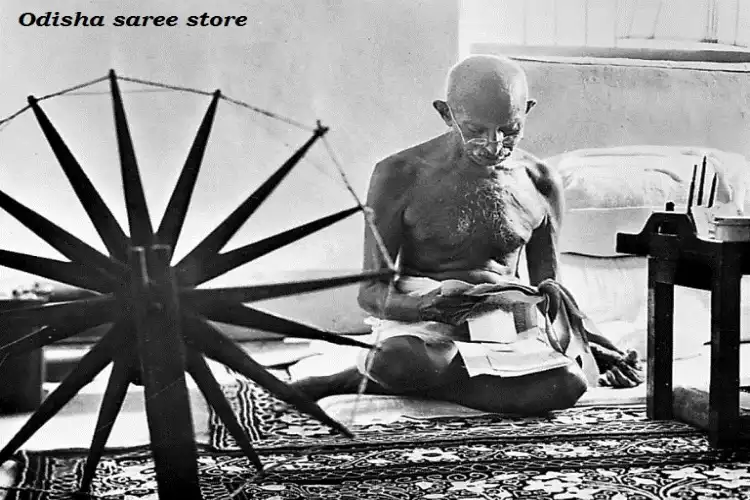
Saquib Salim
Soon after the Jalianwalla massacre in 1919, Mahatma Gandhi and the Ali brothers were traveling across India. Panipat, where armies of foreign invaders fought the rulers of Delhi, was probably the first important center where Gandhi and the Ali brothers preached the new concepts of Swaraj and non-cooperation. Khwaja Akhlaq Husain, the grandfather of Khwaja Ahmad Abbas, hosted the meeting at his house in Panipat. Hakiman, lovingly called Nani Hakko, was an old poor woman from the weavers’ community. She lived near Khwaja’s house and attended the public meeting where Gandhi spoke.
Gandhi said that charkha (spinning wheel) and handloom would be the weapons in the struggle against the foreign rulers. Nobody understood the power of these weapons better than a weaver woman. She felt as if she was a warrior and was being called to the battlefield. As Gandhiji asked for donations to the Swaraj Fund, Hakko took off earrings, bangles, wristbands, and necklace and put these in the donation bowl. Hakko had donated whatever she had.
Hakko kept track of Gandhiji’s movement. She would ask Khwaja when would the British rule end and about Gandhi's health. She also attended all the political meetings. She came out of her veil to join the National freedom movement. She no longer confined herself to home; instead, Hakko would sit in the front row of the rallies and political gatherings alongside men.
As a few months passed, Hakko started wondering if she would live to see the free nation. She had a deep faith that khaddar, a handwoven cloth with the charkha, was the key to Indian freedom. As her body was becoming frail, people noticed that she was weaving vigorously. Hakko weaved all the time. When asked what she was weaving, she said, “I am weaving a kafan (shroud) for myself.”
Hakko left this world a day after finishing weaving of khaddar ka kafan. She asked people to bury her in this handmade shroud. She boycotted the foreign cloth even in her death. Khwaja Ahmad Abbas says Hakko was the first Indian to have been buried in khaddar ka kafan in response to Gandhi’s call to charkha.
Khwaja wrote, “She was the first one to be buried in a khaddar ka kafan —a patriot unto death!”
Also Read: “Mirza Ghalib would have loved Instagram and Facebook,” Dr.Alam
In independent India the graveyard where Hakko was buried got leveled. Khwaja lamented this tragedy and wrote, “if only they had spared only one grave- the grave of Grandmother Hakko the old weaver woman who had given all her possessions to Mahatma Gandhi and weaved her kafan on her handloom. She was the first woman in whose image I saw the face of Mother India!”
(Saquib Salim is a Historian and Writer)
